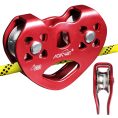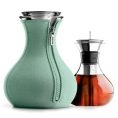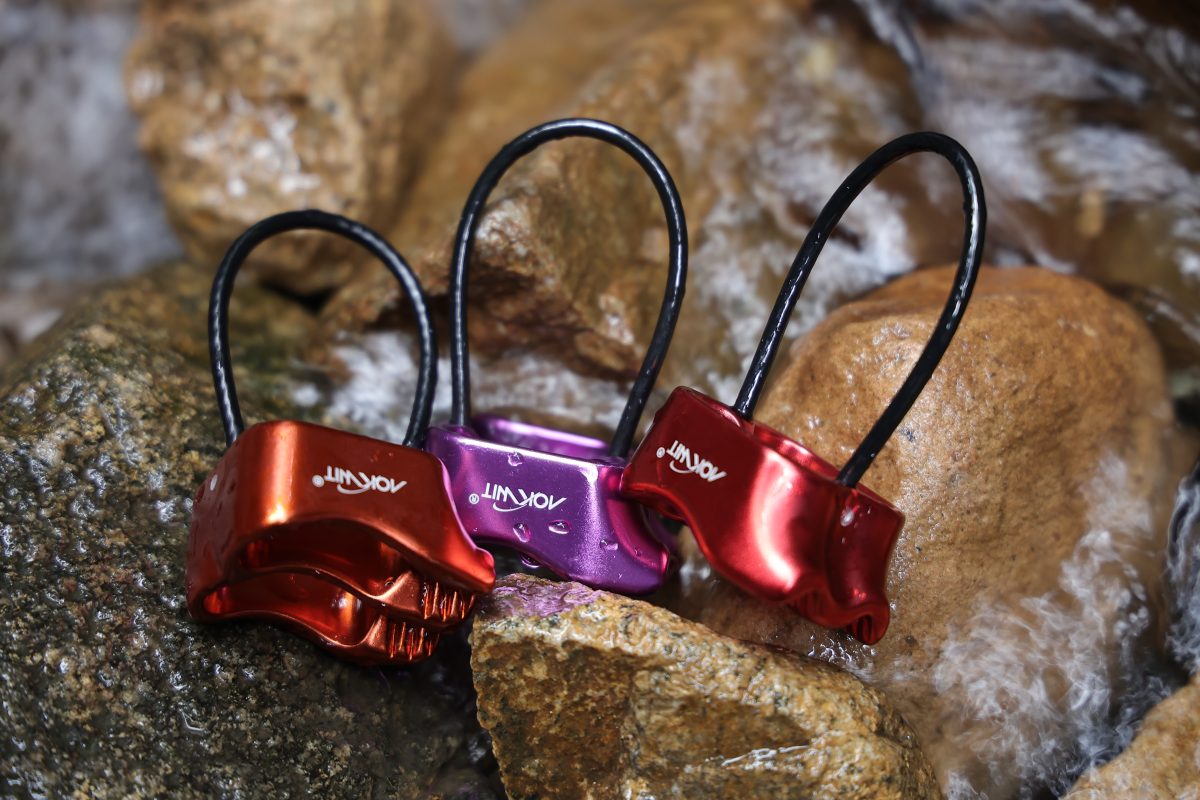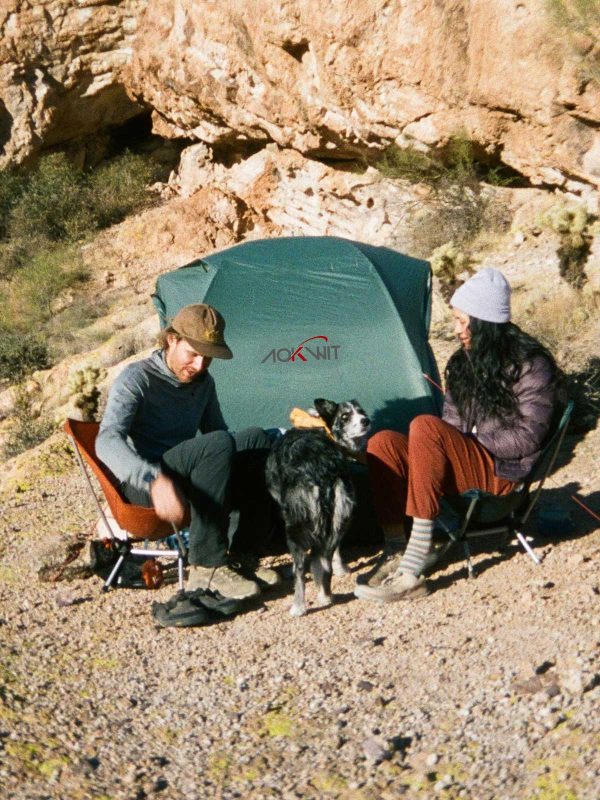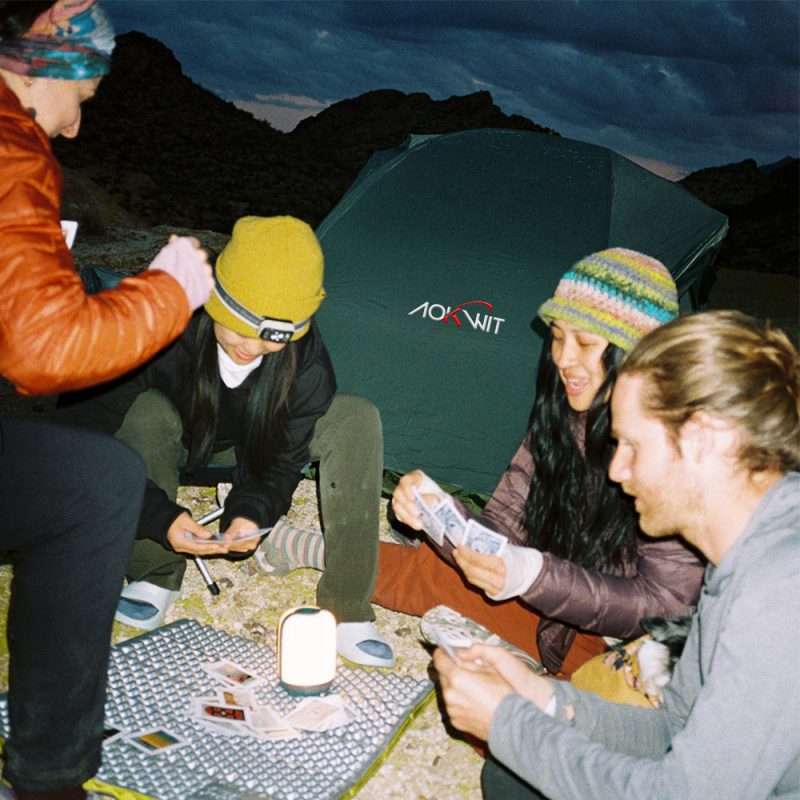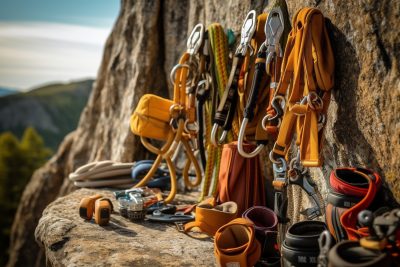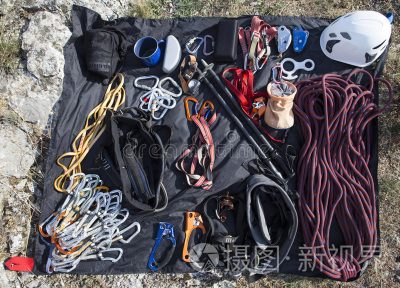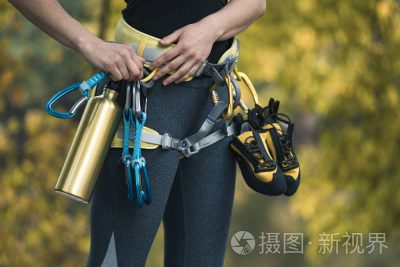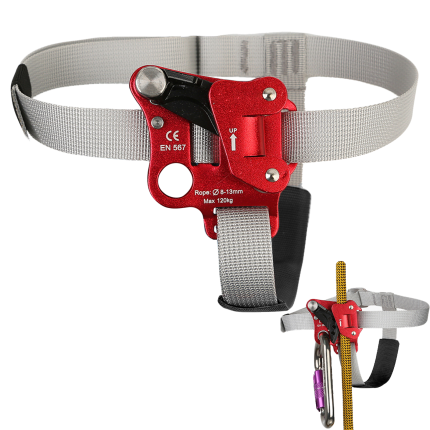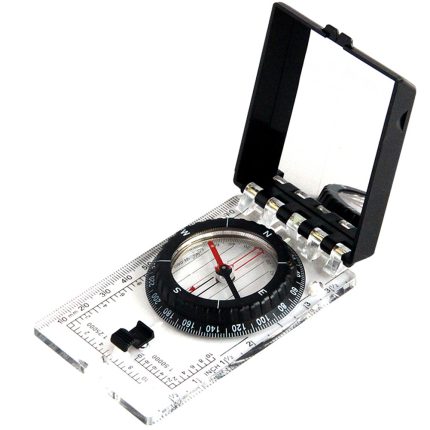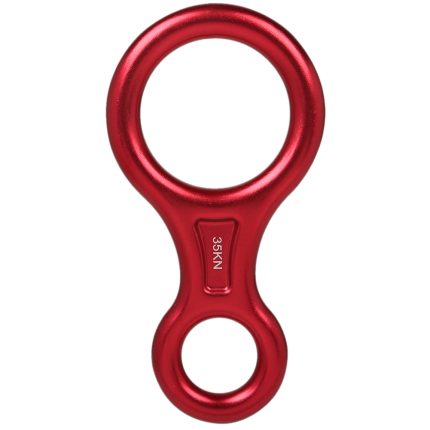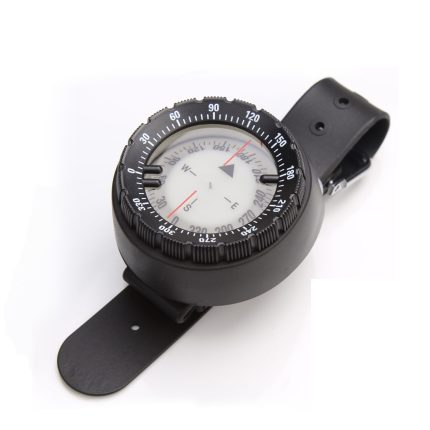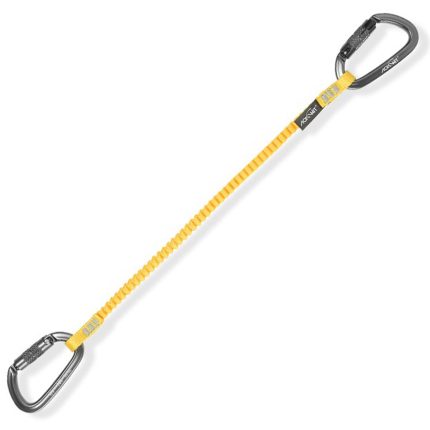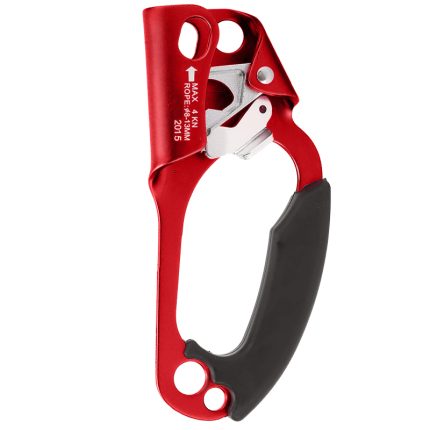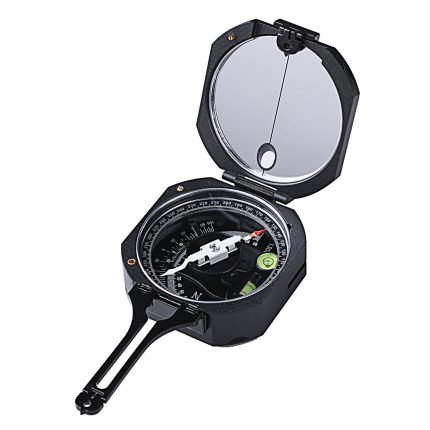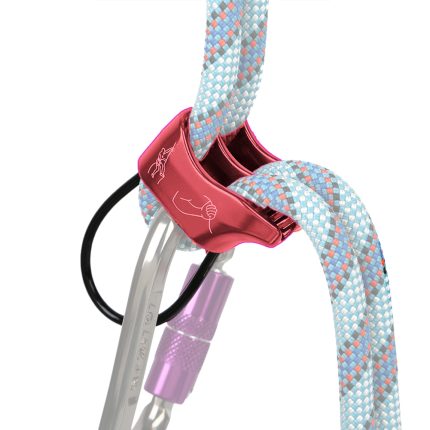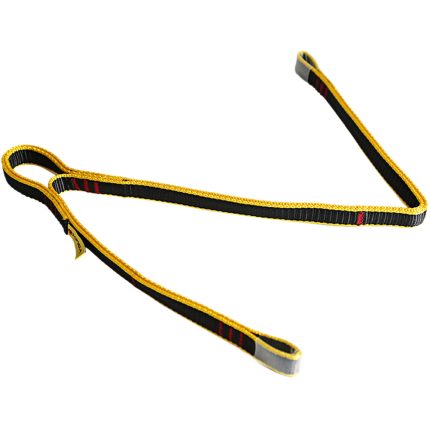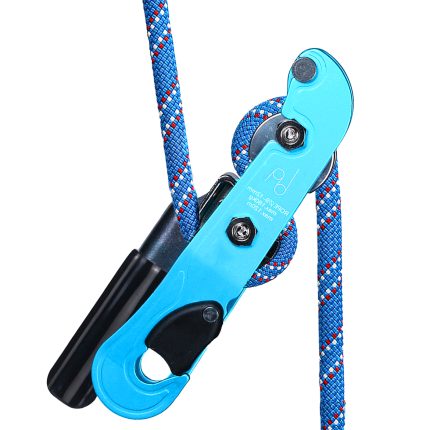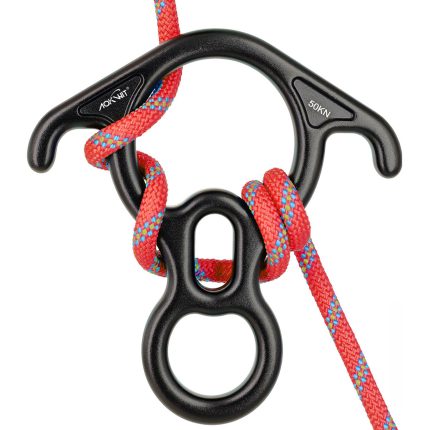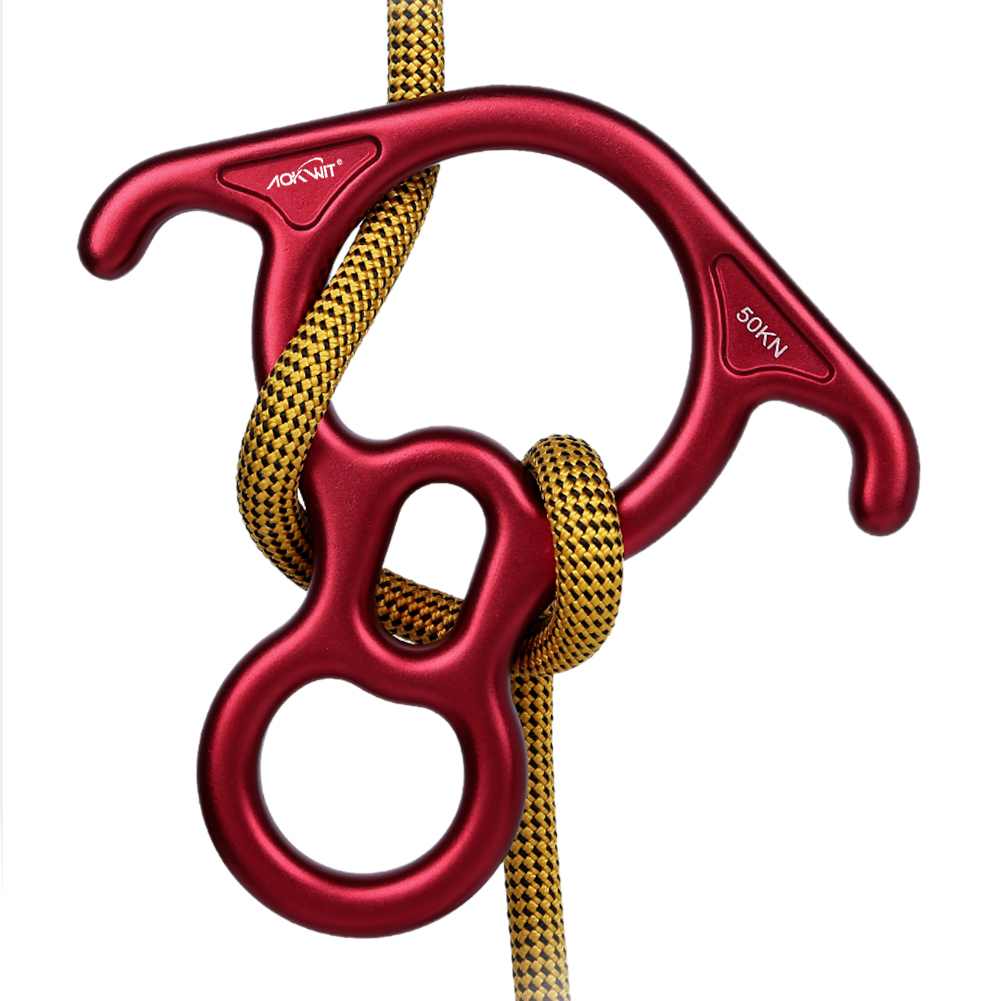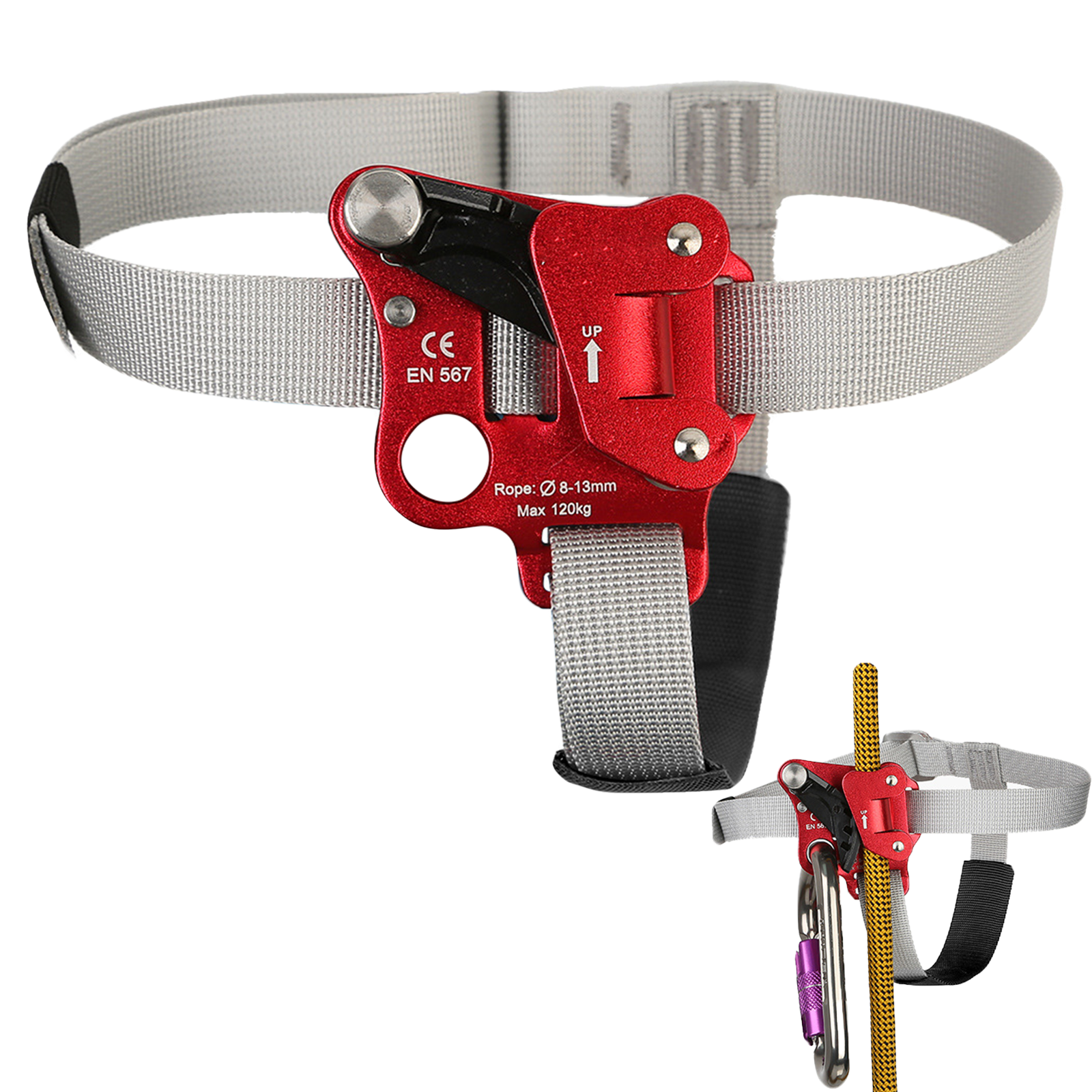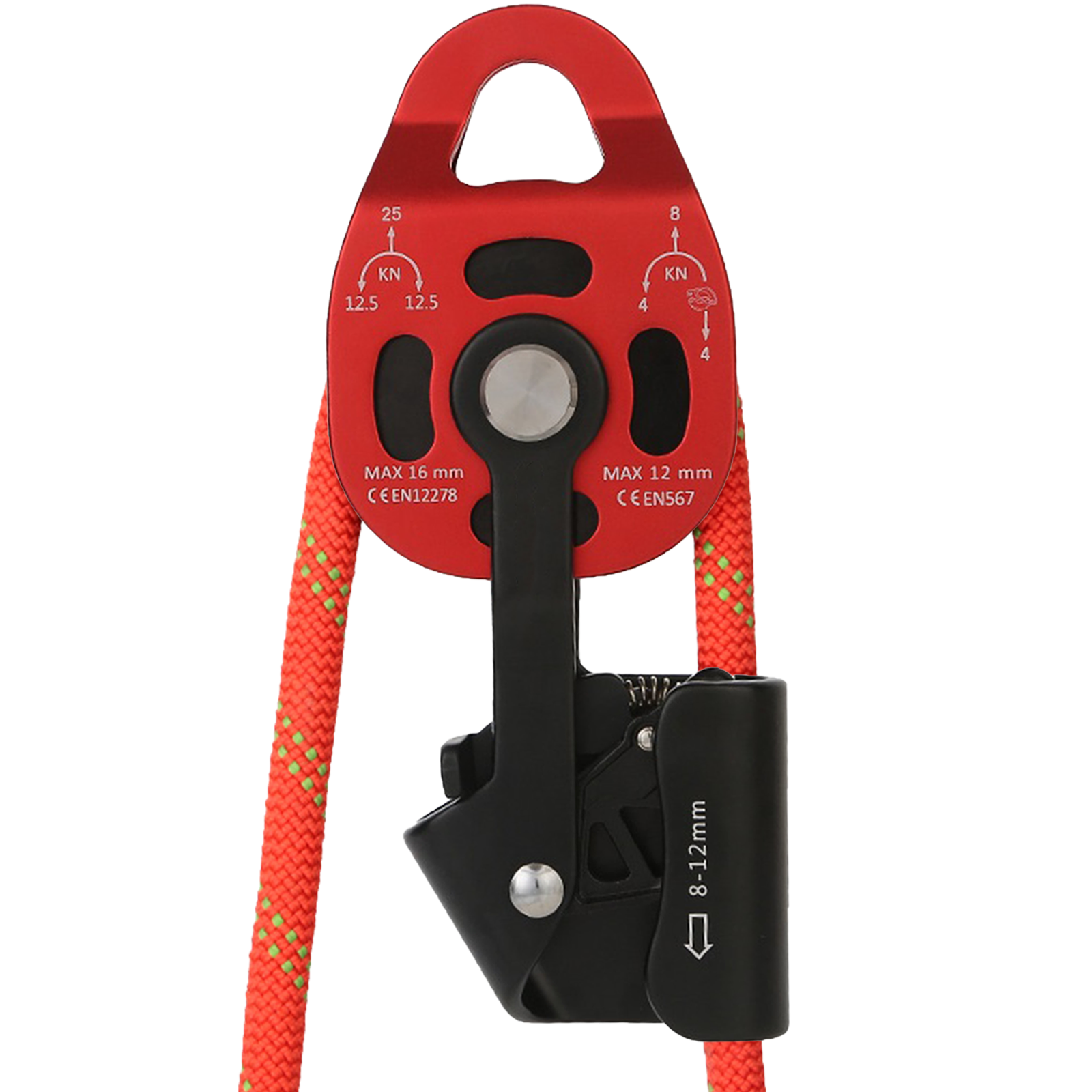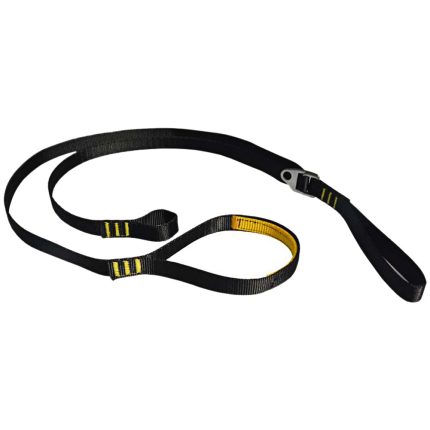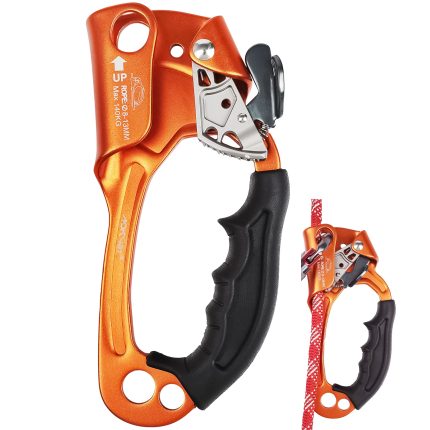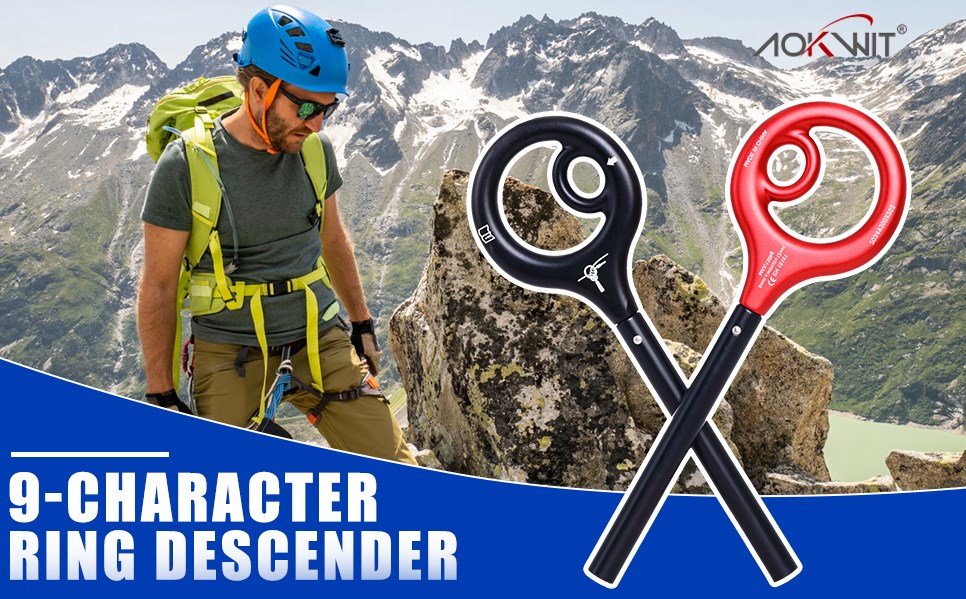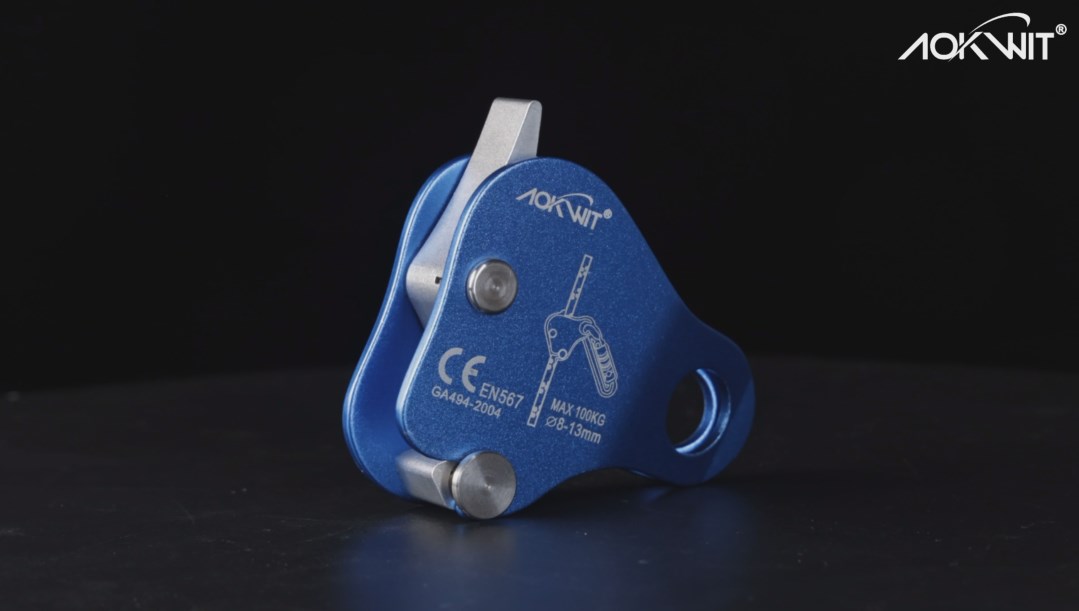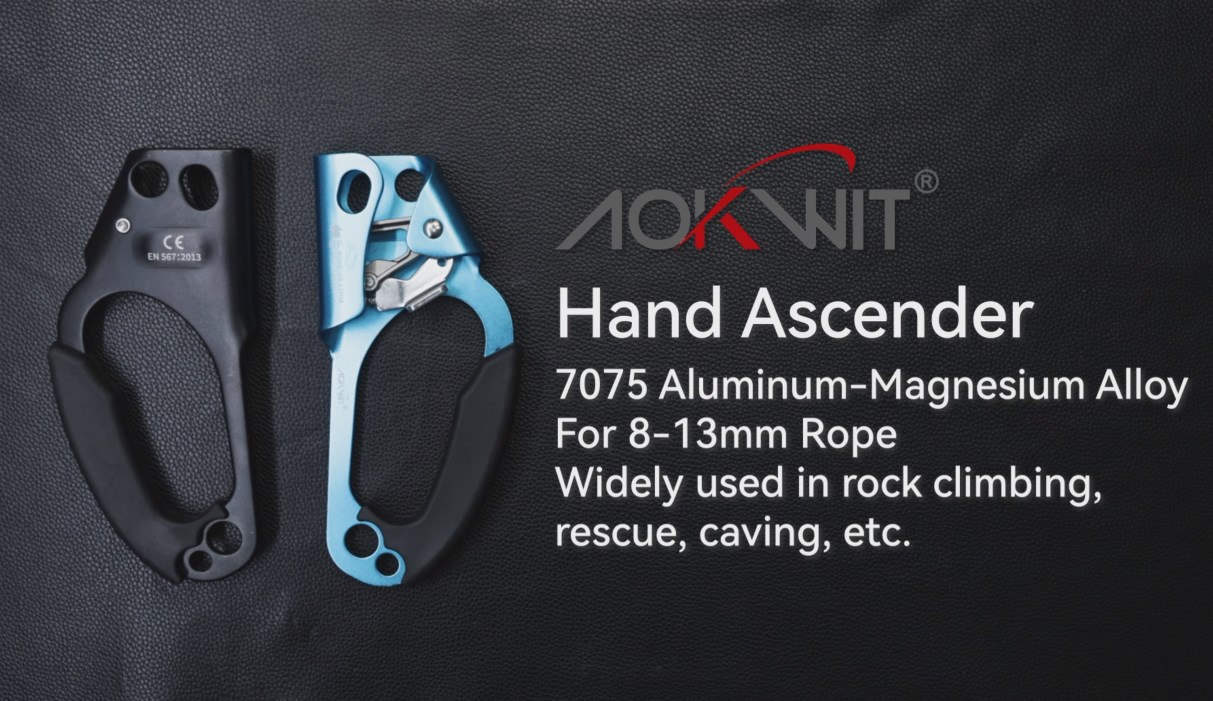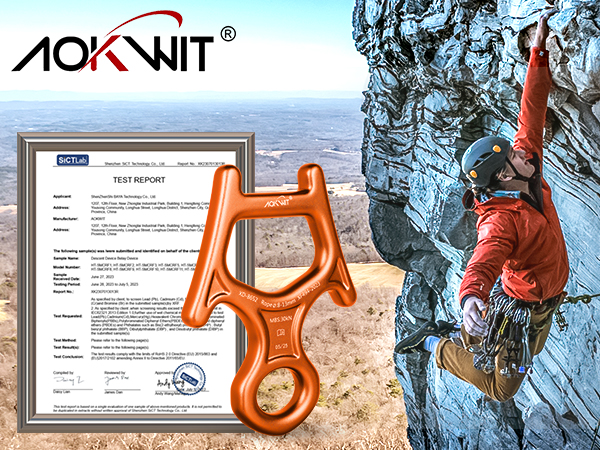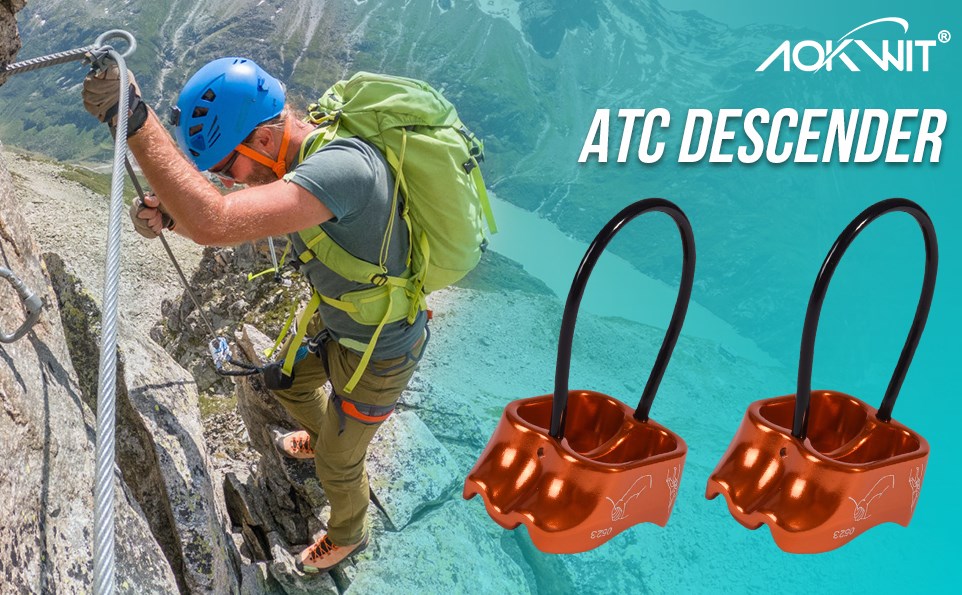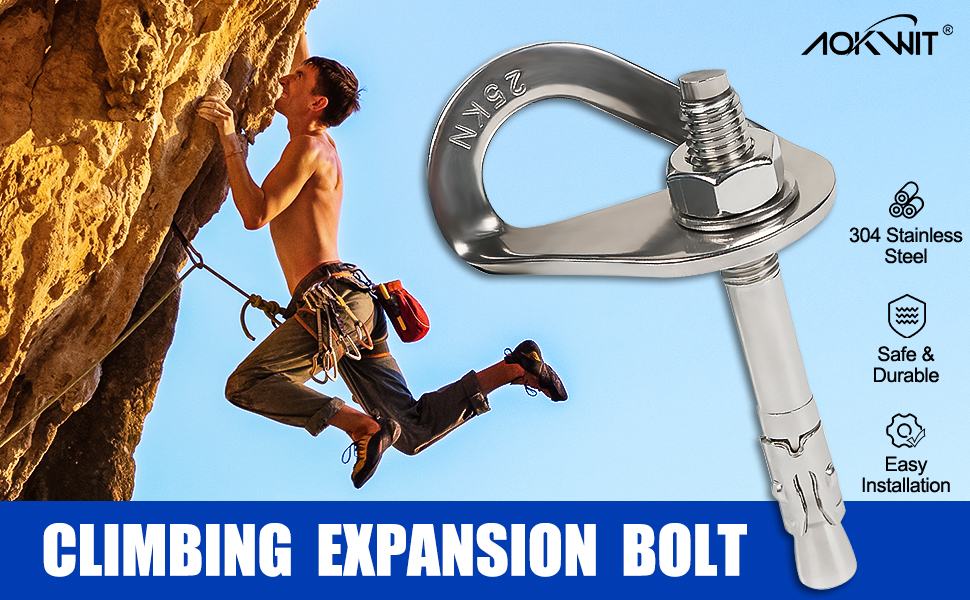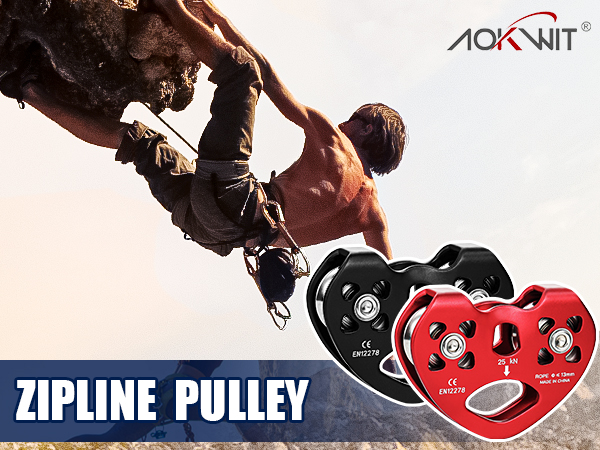Recommended Attire for Indoor Bouldering
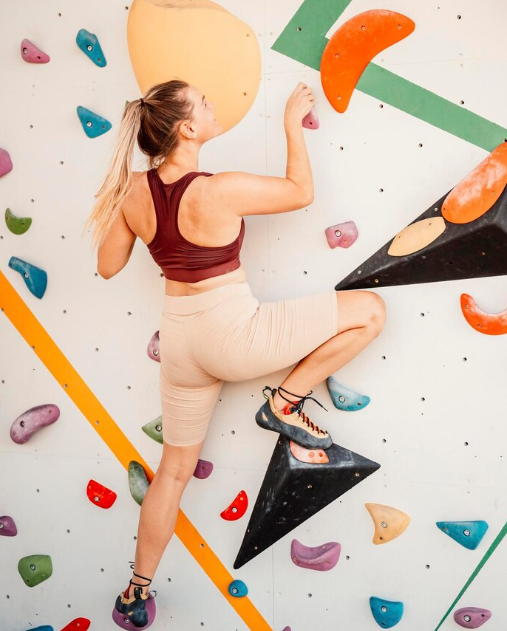
Preface:
Most climbing gyms, due to the significant height requirements for sport climbing routes, typically lack air conditioning or heating systems, as these represent substantial operational costs in an industry known for narrow profit margins.
Consequently, the internal climate of these facilities often closely reflects external weather conditions.
For instance, a climbing gym located in a semi-basement exemplifies this challenge, experiencing uncomfortably low temperatures in winter and excessively high temperatures in summer. These conditions consistently test climbers’ dedication.
During summer sessions, perspiration is profuse, often dripping onto climbers’ faces, and even individuals with minimal scalp hair become thoroughly drenched.
Winter conditions present further difficulties; cessation of activity quickly leads to chilling.
Appropriate climbing attire is therefore essential—it must facilitate unrestricted movement while maintaining functionality and style.
Part 1 — Base Layer Attire Recommendations:
This section outlines typical year-round indoor bouldering attire, detailed from the feet upwards:
- Climbing Shoes:
Beginners uncertain about long-term commitment may initially utilize gym rental shoes before considering entry-level options, valued for affordability and durability. Such shoes are suitable during technique development phases, as overly soft professional soles can sometimes hinder proper form establishment.
Progression often involves upgrading shoes. Climbing shoes typically feature a downturned toe profile (sloping downwards from the big toe) to enhance performance on small footholds, ideally complementing an Egyptian foot shape. Individuals with a Roman foot shape may find the breaking-in process more challenging.

Secure heel fit is critical for maneuvers like heel hooks, requiring effective encapsulation. Climbers with narrow heels may find European lasts often result in a loose heel fit; certain brands offer comparatively better fits.
Recommendation: Starting with rentals or affordable shoes is advisable. Climbing shoes are consumable items, and suitable models often change with skill progression. Trying shoes on in person before purchase is strongly recommended over online ordering.

Sizing Note: While sizing down 1-2 sizes from street shoes is common advice, personal fit remains paramount, and individual foot morphology dictates the correct size. Technical shoes like the SCARPA Drago, designed for high-grade outdoor routes (e.g., 5.13+) featuring sensitive rubber for micro-edges, are also popular for indoor bouldering and competition. Japanese brands often offer “Asian Fit” models better suited to Asian foot morphology. Shoes require periodic resoling.
Beginner-Friendly Brands: Decathlon, ClimbX, La Sportiva (e.g., Tarantula), Evolv.
Socks: Some climbers initially use thin nylon stockings to ease the fitting process and manage sweat/odor.
Once shoes are broken in, climbing barefoot is common for enhanced sensitivity. All climbing shoes inevitably develop odor over time.
Loose-fitting cotton attire is functional, though enjoyment remains the primary focus.
- Climbing Pants/Trousers:
Dedicated climbing pants are not strictly necessary for indoor bouldering. Pants designed for hiking, running, or casual wear can be suitable if they adhere to key principles:
- Stretch/Comfort: Essential for unrestricted movement during dynamic maneuvers. Overly tight or loose pants can be problematic.
- Moisture-Wicking: Crucial for comfort, particularly in warm conditions.
- Breathability: Materials like polyester can become sticky and uncomfortable when sweaty. Leggings are also a viable option.
- Simplicity: Avoid garments with tassels, deep drop-crothes, ruffles, large hoods, or other features prone to snagging holds or obstructing vision.
- Pure cotton fabrics on the lower body are generally discouraged as they retain moisture visibly.

Recommended Pants Examples:
- Patagonia Happy Hike Pants: Offer versatility for low-altitude hiking and climbing. Elasticated ankles help prevent snagging. Lightweight construction may lack durability for extensive outdoor use.

- KAILAS 9A Climbing Pants: Available in men’s and women’s versions. Feature stretch, light water resistance, and practical details like a toothbrush loop and elastic waistband.
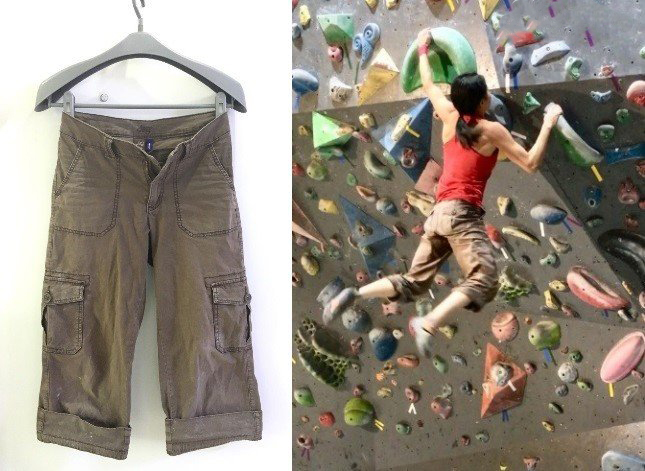
- Jag Stretch Canvas Pants: Known for durability and cropped length, offering some knee and shin protection. Rolled cuffs can snag outdoors; tapered legs are preferable for rock climbing.
- Chalk Bag:
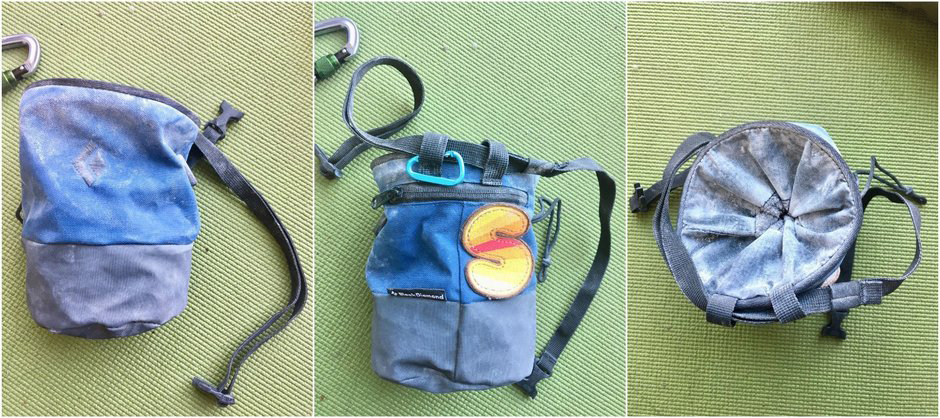
Entry-level chalk bags are often small and inexpensive. Larger capacity bags become advantageous for sustained climbing sessions and outdoor use. Features like a rear zippered pocket can be useful for small items like phones during traversing warm-ups.
Caution: Listening to music via headphones during traversing is discouraged when walls are crowded, as it reduces awareness and the ability to hear warnings from other climbers on adjacent routes.
Drawstring closure bags may require an additional pouch during travel to prevent chalk leakage. Zippered or fold-over closures offer better containment.
Chalk Bag Brand Examples:
- 8BPLUS: Known for novelty designs (e.g., fuzzy animal shapes).
- Evolv, Metolius, Mad Rock: Represent budget-friendly options.
- PrAna, Mammut, Black Diamond: Common brands offering reliable functionality and quality.
- Friction Labs: A niche brand specializing in premium chalk.
- Chalk (Magnesium Carbonate):
Chalk is primarily used to absorb hand moisture. Individuals with excessively sweaty hands (hyperhidrosis) find it particularly beneficial.
Both high-end and inexpensive bulk chalks are available. Many climbers report minimal discernible performance difference between major brands for typical indoor use.
Liquid chalk, convenient for travel due to its compact form, often contains high alcohol content for rapid drying. This can lead to persistent hand dryness. Its effectiveness diminishes quickly during climbs as it rubs off.
Bulk sports chalk purchased affordably online is commonly used. As a consumable focused on moisture absorption, prioritizing technique improvement is generally considered more impactful than premium chalk selection.
Chalk Brand Context:
- Mammut, Petzl: Frequently chosen by liquid chalk users.
- Metolius, CAMP USA: Represent mid-range value options.
- Friction Labs: Often favored by elite climbers seeking perceived performance benefits.
- Generic bulk chalk: Suitable for climbers with high consumption rates and minimal brand preference.
- Top/Vest:
Sleeveless tops (vests/tanks) are popular for maximizing shoulder mobility and range of motion.
Layering is key in cooler conditions. Moisture-wicking base layers are essential. Pure cotton tops are generally avoided in summer due to poor sweat management; if worn in winter, a moisture-wicking base layer underneath is recommended. Aesthetics are also a consideration for many climbers.
- Sports Bra (For Women):
High-support sports bras are essential equipment for female boulderers. Bouldering involves significant dynamic forces (dynos, swings, falls), requiring effective breast support not provided by everyday bras. Underwire bras are generally discouraged during intense climbing due to potential discomfort and safety concerns. Brands like Nike, adidas, Under Armour, OYSHO, and Victoria’s Secret offer suitable high-impact options.
Part 2 — Winter Layering Strategy:
Winter layering builds upon the base layer, primarily focusing on the upper body.
- Warm-up Layer: A zip-up hoodie or fleece is recommended during the warm-up phase (joint mobilization and traversing). The zippered front allows easy removal as core body temperature rises during climbing.
- Insulation Layer: A lightweight down jacket or insulated vest should be donned immediately during rest periods to retain body heat. A fitted, long-sleeved moisture-wicking base layer can effectively replace a vest.
- Headwear: Wearing a snug-fitting beanie is highly effective during the “climb-rest” cycle of working difficult problems (“projecting”), as a significant amount of body heat can be lost through the head. Temperatures in the 3°C to 10°C range, common in unheated gyms like those in Chongqing, rarely induce profuse sweating that would saturate layers.
Color Considerations:
Brightly colored attire enhances visibility both indoors and outdoors. This facilitates observation by partners for providing feedback and spotting assistance. On large outdoor walls, bright colors help belayers track the climber’s position and progress efficiently. Indoors, bright colors are advantageous for photography.
Dark-colored clothing (e.g., black tops, brown pants) can significantly reduce visibility on rock faces. Vibrant colors, commonly seen in climbing media, offer a stark visual contrast.
Apparel Brand Examples:
- Common Unisex Brands: Black Diamond, Patagonia, Rab, Smartwool, Outdoor Research, La Sportiva, Petzl, Marmot.
- Brands with Women-Specific Focus: Prana, OYSHO, Victoria’s Secret, Lululemon.
Conclusion:
Climatic conditions vary significantly between cities, and individual physiological needs differ. This guide provides general recommendations based on common practices. Future topics may include outdoor climbing trips, overcoming performance plateaus, injury management, and hand care.
The paramount objectives are always safety and enjoyment while engaging in bouldering activities.
